Teen Patti, also known as "Flush" or "Indian Poker," is a popular card game sifmilar to poker. The term "Teen Patti" translates to "three cards" in Hindi, reflecting the three-card hand dealt to each player. In Teen Patti, a hand sequence is made up of three cards. Although Teen Patti shares similarities with poker, its hand sequences are different.
There are six specific Teen Patti sequences that players need to know to play the game effectively. Understanding the hand rankings for each sequence is crucial to determine which hand wins in a Teen Patti game. This guide will help you learn the Teen Patti sequences, identify the highest sequence in a cash game, and understand which sequence wins in a tie.
In Teen Patti, a sequence of three cards is arranged in a specific order to form a hand combination. The strength of this hand determines the winner of the game. For example, the highest sequence is three Aces (A-A-A), followed by three Kings, three Queens, and so on.
The card rankings, from highest to lowest, are A-K-Q-J-10-9-8-7-6-5-4-3-2. An Ace can be the highest or lowest card in a sequence. The goal of Teen Patti is to create the highest-ranking three-card hand among all players at the table. Thus, a player with a Trail sequence (three of a kind) will always beat a player with a Straight Flush.
Highest Sequence
Lowest Sequence
Probability of Occurrence
Trail/Trio/Three of a Kind
A-A-A
2-2-2
0.24%
Straight Flush/Pure Sequence
A-K-Q
4-3-2
0.22%
Straight/Sequence
A-K-Q
4-3-2
3.26%
Color/Flush
A-K-J
5-3-2
4.96%
Pair
A-A
2-2
16.94%
High Card
A
2
74.39%
Known as Trail, Trio, or Three of a Kind, this is the highest-ranking hand in Teen Patti. A Trail consists of three cards of the same rank, such as A-A-A (three Aces) or K-K-K (three Kings). This hand beats all other rankings in the Teen Patti sequence list.
The Straight Flush, also called a Pure Sequence, is the second-highest hand. It consists of three consecutive cards of the same suit, such as K, Q, and J of hearts. The highest Pure Sequence is A-K-Q, while the lowest is 4-3-2.
A Sequence, or Straight, is made up of three consecutive cards, but they don’t have to be of the same suit. For example, Ace of Diamonds, King of Clubs, and Queen of Hearts form a Sequence.
A Color, or Flush, is three cards of the same suit but not in a consecutive order. For instance, 2-6-9 of Spades make a Color hand. The highest Color sequence is A-K-J, and the lowest is 5-3-2.
A Pair consists of two cards of the same rank and a third card of a different rank, known as a Kicker. For example, Q-Q-7 is a Pair. The strength of the hand is determined by the rank of the Pair, with A-A-K being the highest and 2-2-3 the lowest.
If none of the other hands are achieved, the hand is ranked based on the highest card. For example, if the cards are K-7-3, the King is the high card. The highest card is Ace, and the lowest is 2.
In a Teen Patti cash game, some 3 Patti sequences are easier to achieve than others. For example, forming a Pair is generally simpler than obtaining a Straight Flush. This is because the likelihood of making a Pair is greater compared to that of making a Straight Flush or a Pure Sequence. To better understand the probabilities of different Teen Patti hands, refer to the following 3 Patti sequence probability table.
3 patti Sequence
Probability of Occurrence
Trail/Trio/Three of a Kind
0.24%
Straight Flush/Pure Sequence
0.22%
Straight/Sequence
3.26%
Color/Flush
4.96%
Pair
16.94%
High Card
74.39%
In Teen Patti, situations may arise where two players have the same sequence, requiring a method to determine the winner. For example, if two players both have a Flush, the winner is decided based on the card values. The Ace is the highest card, followed by the King, Queen, and so on. The player with the highest card in their sequence wins. For instance, if both players have a sequence, but one player has J-10-9 while the other has 10-9-8, the player with the J-10-9 sequence will win, as it ranks higher.
Similarly, if both players have a Trail, such as K-K-K and J-J-J, the player with the higher-ranking Trail (K-K-K) will be the winner. In another example, if Player 1 has K-Q-J and Player 2 has 10-9-8, both players have sequences. However, Player 1 wins because their sequence starts with a King, which is ranked higher.
The top 3 Patti sequence is the Trail, also known as Trio, Three-of-a-Kind, or a Set. Among Trails, three Aces (A-A-A) represent the highest-ranking sequence and can beat any other hand. The lowest-ranking Trail is three Twos (2-2-2), but even this lowest Trail still ranks higher than other sequences in the Teen Patti hand rankings.
Teen Patti is a game that combines skill, strategies, and tactics to form the strongest 3 Patti sequence from three cards.
Here are several strategies to help you achieve the best possible hand:
To maximize the potential of your dealt hand, begin with smaller bets and gradually increase them. This approach is beneficial for both beginners and experienced players, as it allows you to evaluate your hand without risking too much initially.
If you choose to play blind, effective bankroll management is crucial. Blind play involves betting without seeing your cards, which can be advantageous for players who find it difficult to conceal their reactions. This strategy is particularly useful when the stakes are low and you start with smaller bets.
If you're dealt a weak hand, don't be quick to fold. Remember, there are no bad cards if you use the right skills and strategies to improve your hand. Bluffing can be an effective tactic to make opponents fold, even if they have a stronger hand.
Your emotions and body language can give away crucial information about your hand. Maintaining emotional control is essential to prevent opponents from reading your reactions and guessing the strength of your hand.
Consistent practice is key to refining your skills. Regular gameplay, skill development, and strategy application are important for achieving the highest sequence in Teen Patti.
Understanding the probabilities of different hands helps you make informed decisions. For example, if only two Aces remain in the deck and you're up against three opponents, your chances of drawing an Ace are improved.
Recognize when to fold a weak hand to conserve your chips for stronger opportunities.
Bluffing can be effective but should be used judiciously. Overusing bluffing may lead opponents to catch on and use it against you.
Pay attention to how other players bet and their body language for valuable clues that can aid in your decision-making.
According to 3 Patti rules, a Trio or Trail is the highest 3 Patti sequence, with three Aces being the highest and three Twos being the lowest. The other 3 Patti sequences in order are Straight Flush, Flush, Color, Pair, and High Card.
In the Teen Patti game, the Trail is the top-ranking sequence, followed by Straight Flush, Flush, Color, Pair, and High Card. Thus, Trail is the highest sequence, while High Card is the lowest.
A Trail or Trio consists of three cards of the same rank but different suits, such as A-A-A. A Pure Sequence, or Straight, comprises three consecutive cards of the same suit, such as A-K-Q of Hearts.
The highest Pair in the Teen Patti sequence is A-A-K. This Pair is unbeatable due to its highest-ranking Pair and Kicker card. The lowest Pair is 2-2-3.
When two players each have a Flush, the winner is determined by comparing the rank of their highest cards. If the highest cards are of the same rank, the next highest cards are compared, and if those are the same, the third cards are compared. If all three cards are identical, the suits are compared, with Spades being the highest and Clubs the lowest.
The highest Color sequence in Teen Patti is A-K-J, while the lowest is 5-3-2.
The ranking order of Teen Patti sequences from highest to lowest is Trail, Straight Flush, Straight, Color, Pair, and High Card.
Teen Patti can be played with a Joker in the Joker Hunt and Auction 3 Patti variations.
The 2-3-5 sequence, or 5-3-2 sequence, is considered a Color in Teen Patti, with a probability of occurrence of 4.96%.
The lowest Pair in Teen Patti is a pair of 2s.
In the ‘best-of-four’ Teen Patti variant, each player receives four cards and must select the best three to form their hand, discarding the fourth card.
The probability of getting a Pure Sequence of 3 Aces is extremely rare, at 0.009%.


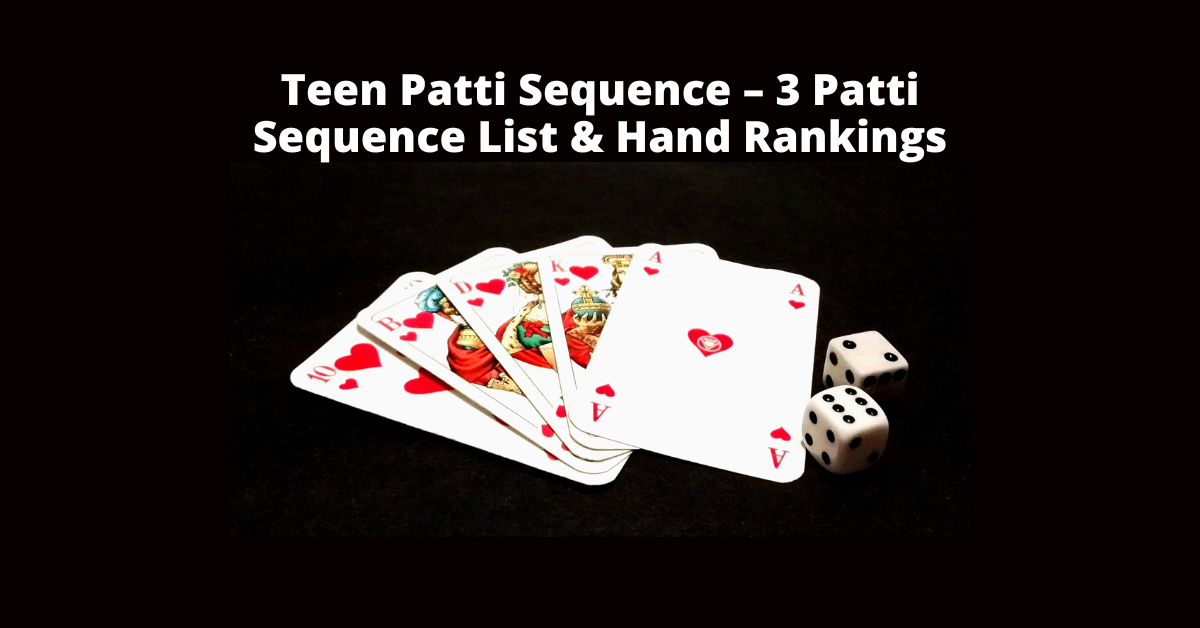
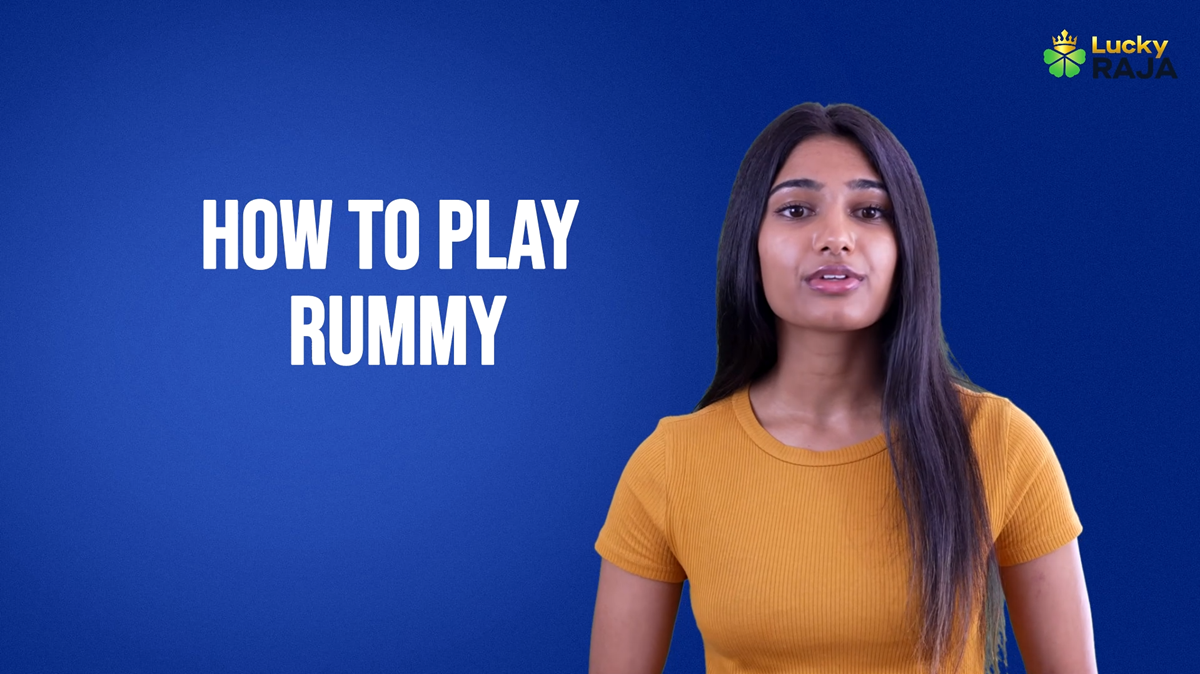

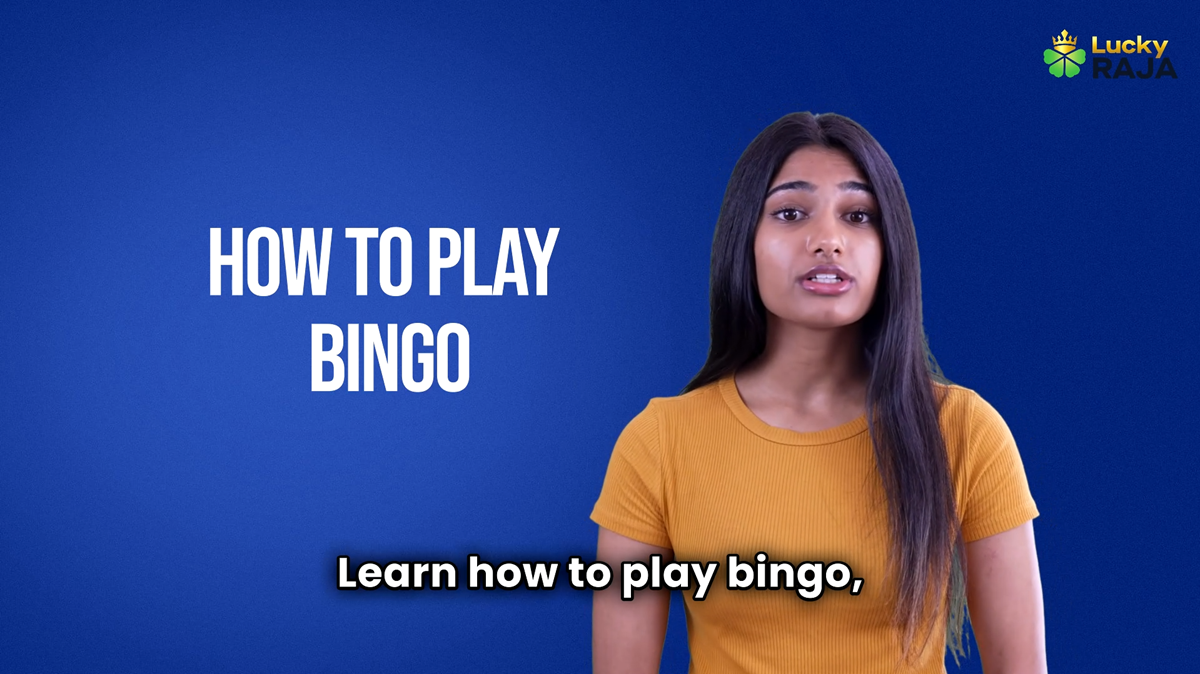
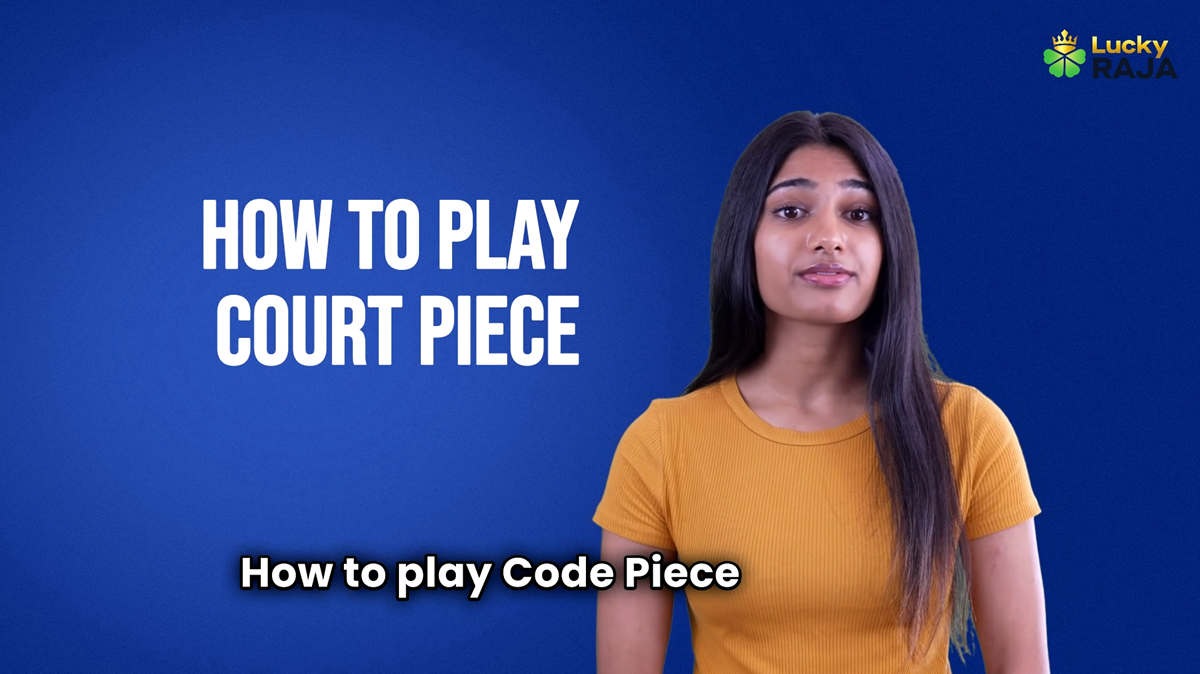
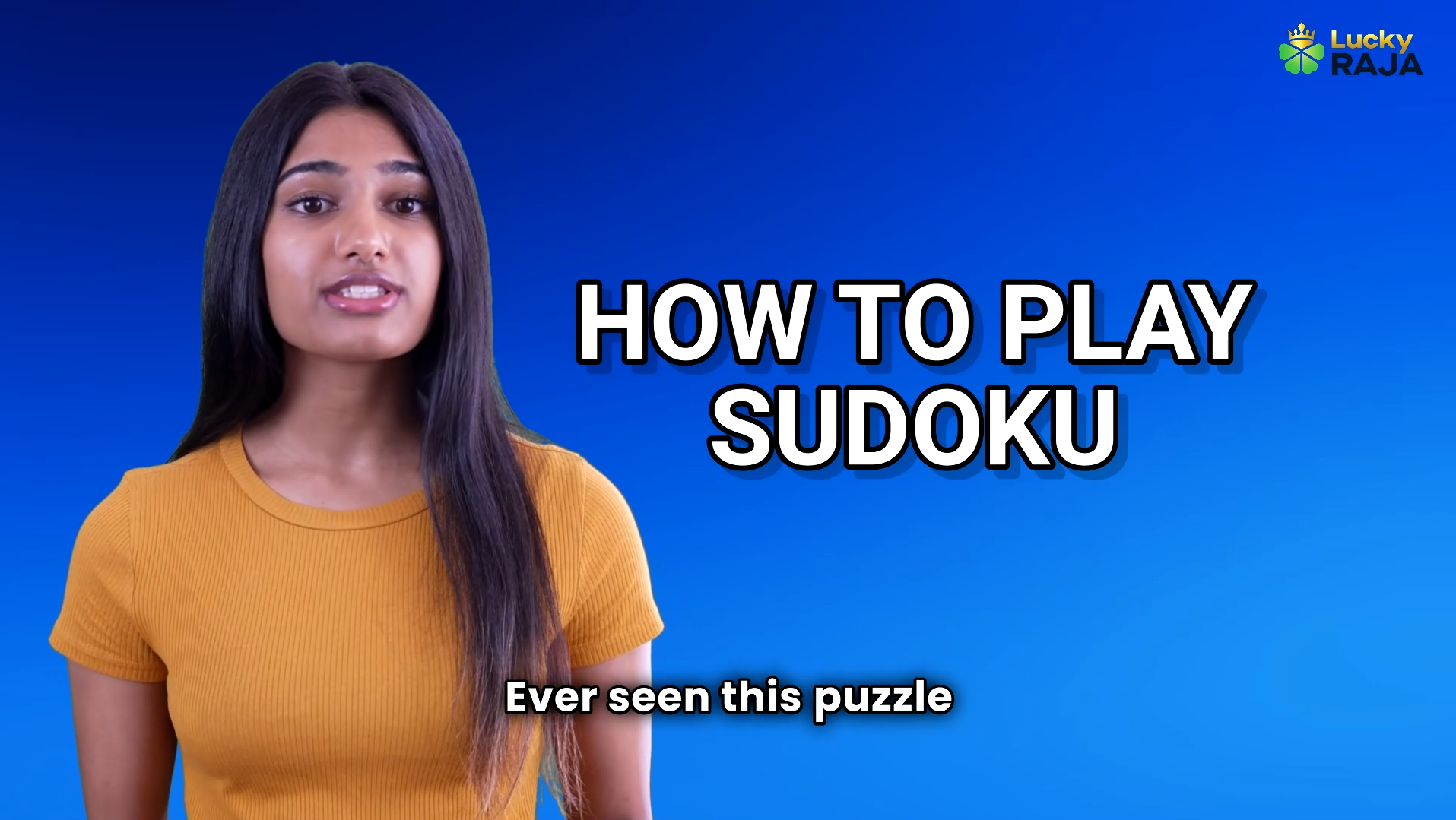

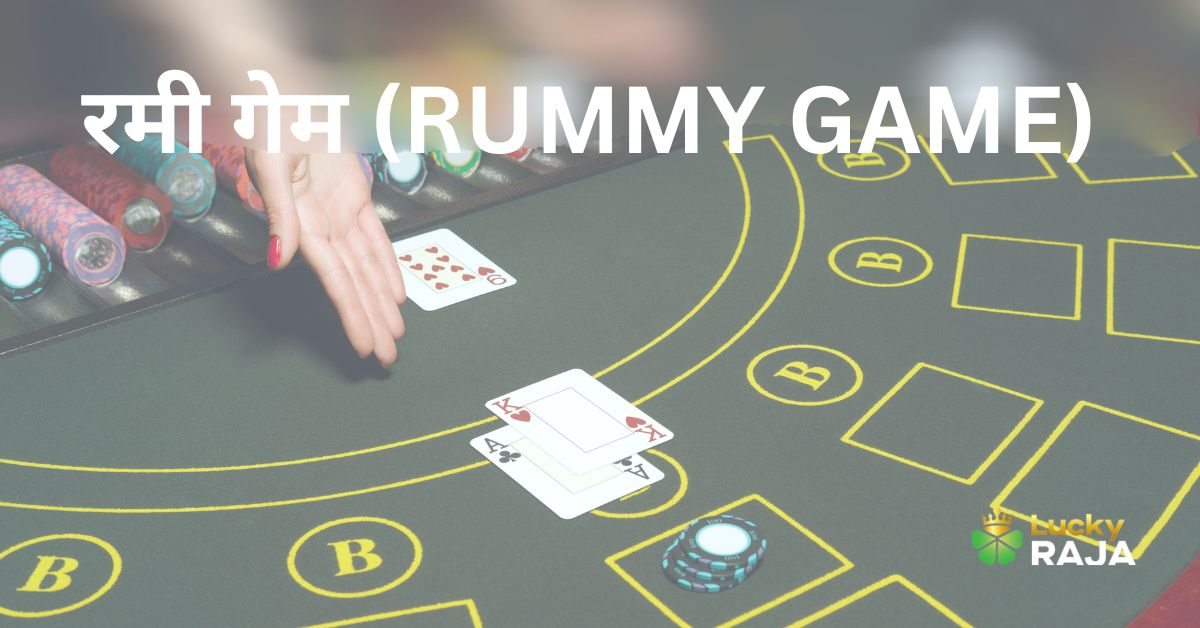
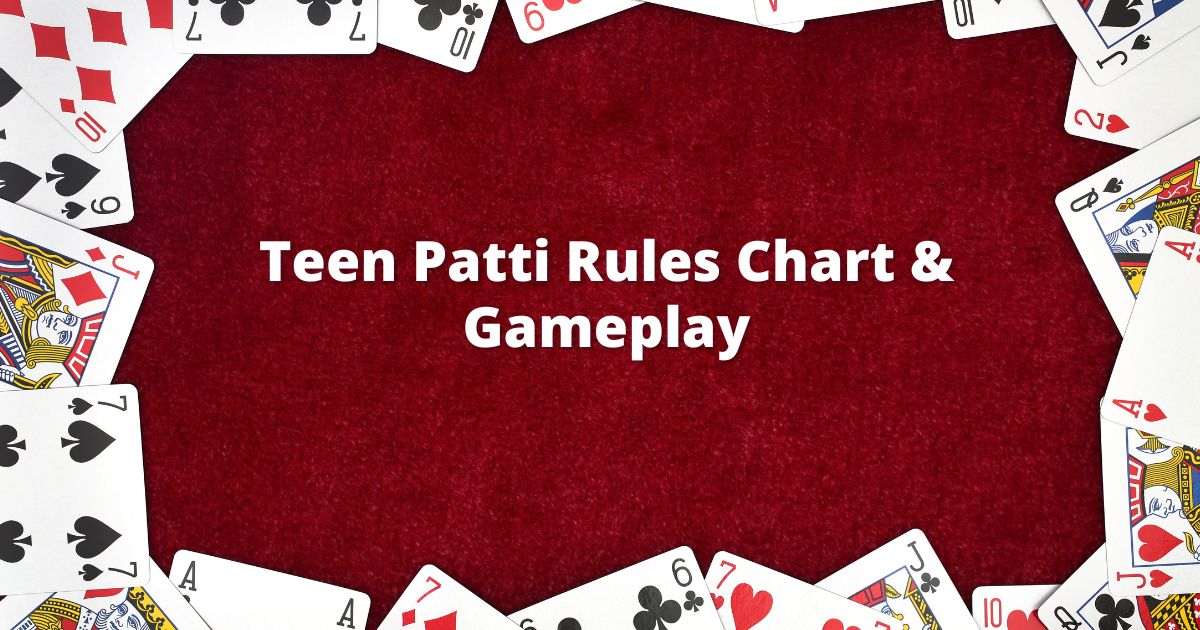
__1742718509-0.jpg)




